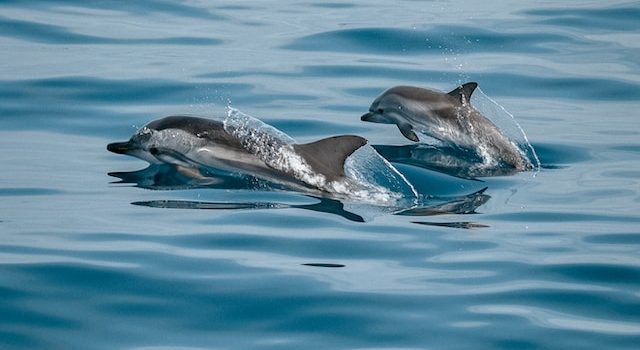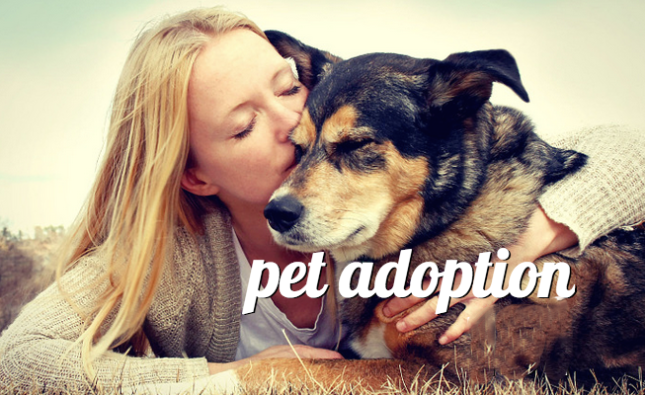
Introduction: The bond between humans and dolphins spans back centuries, intertwining stories of wonder, mythology, and scientific fascination. From ancient civilizations to modern-day encounters, the relationship between these intelligent marine mammals and humans has captivated hearts and minds. In this article, we embark on a journey through time, exploring the historical connection between dolphins and humans while envisioning a future built on respect, conservation, and mutual understanding.
I. Ancient Connections: Legends and Mythology: Throughout history, dolphins have held a special place in the mythology and folklore of various civilizations. In Greek mythology, they were associated with gods and played roles in heroic tales. Sailors from different cultures have revered dolphins as guardians, protectors, and even spiritual messengers. These ancient connections illustrate the deep-rooted intrigue and respect humans have held for dolphins across the ages.
II. Scientific Discoveries: Unveiling the Intelligence: In modern times, scientific research has deepened our understanding of dolphin intelligence and social behavior. Groundbreaking studies have revealed their complex communication systems, problem-solving abilities, and capacity for empathy. Dolphins’ remarkable cognitive skills have inspired awe and admiration, prompting further exploration into their unique qualities and establishing them as one of the most intelligent creatures on Earth.
III. Captivity and Controversy: A Tale of Ethical Concerns: The relationship between dolphins and humans has not been without controversy. The practice of capturing dolphins for captivity and entertainment purposes has sparked debates surrounding animal welfare, conservation, and ethical considerations. The documentary “The Cove” shed light on the capturing and killing of dolphins in Japan, igniting global awareness and advocacy for their protection. As society evolves, there is an increasing emphasis on responsible and ethical interactions with dolphins, promoting their well-being and natural behaviors.
IV. Conservation Collaborations: Protecting Dolphin Populations: Recognizing the need to safeguard dolphins and their habitats, international collaborations and conservation efforts have emerged. Organizations and researchers work tirelessly to protect vulnerable species, establish marine protected areas, and raise awareness about the importance of dolphin conservation. These collaborative initiatives aim to preserve the delicate balance between dolphins and their marine ecosystems while promoting sustainable practices for the benefit of both species.
V. Dolphin-Assisted Therapy: Healing Connections: Dolphins’ therapeutic potential has been explored through programs known as dolphin-assisted therapy (DAT). Advocates of DAT believe that interacting with dolphins can have positive effects on individuals with physical, emotional, or cognitive disabilities. While the effectiveness of such programs is still a topic of ongoing research and discussion, they have sparked hope and provided unique experiences for many individuals and their families.
VI. An Ecological Partnership: Envisioning the Future: As we look ahead, the relationship between dolphins and humans holds the potential for collaboration and coexistence on a deeper level. By prioritizing marine conservation, promoting responsible tourism practices, and supporting scientific research, we can foster a future where humans and dolphins share a sustainable and mutually beneficial partnership. Understanding their ecological role, protecting their habitats, and respecting their natural behaviors are essential for the preservation of these remarkable creatures.
Conclusion: The relationship between dolphins and humans is a tapestry woven with ancient connections, scientific discoveries, ethical concerns, and conservation efforts. As we navigate the future, it is our responsibility to ensure that our interactions with dolphins are based on respect, understanding, and the preservation of their natural habitats. By forging a path forward that values their intelligence, promotes conservation, and nurtures our appreciation for these magnificent creatures, we can cultivate a future where humans and dolphins thrive in harmony.










